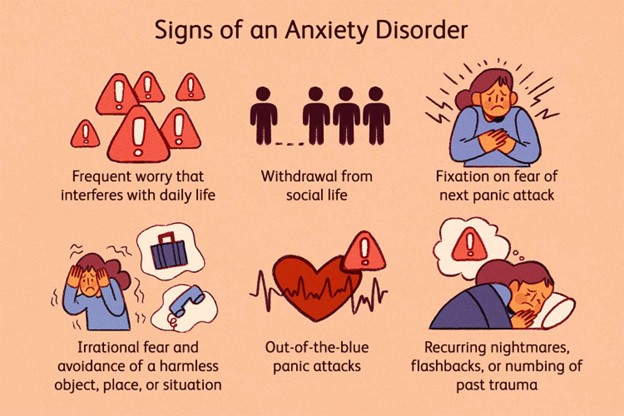A nurse is teaching a newly licensed nurse about appropriate actions to take when a client threatens to harm a specific individual. Which of the following statements by the newly licensed nurse indicates understanding?
“I need to make sure that the potential victim is warned."
"I need to keep the information confidential due to the client's right to privacy."
“I can only discuss the client's threats with a court order."
"I should verbally report this information to the psychiatrist."
The Correct Answer is A
A. "I need to make sure that the potential victim is warned."
Explanation: Correct Answer. When a client threatens to harm a specific individual, it's important to take steps to ensure the safety of both the client and the potential victim. Warning the potential victim or taking appropriate measures to protect them is an important action to take.
B. "I need to keep the information confidential due to the client's right to privacy."
Explanation: While respecting a client's right to privacy is important, when there's a threat of harm to an individual, it becomes a matter of safety that takes precedence over confidentiality.
C. "I can only discuss the client's threats with a court order."
Explanation: This statement is incorrect. When there's a credible threat to harm an individual, waiting for a court order is not an appropriate or timely response. Immediate actions should be taken to ensure safety.
D. "I should verbally report this information to the psychiatrist."
Explanation: While involving the psychiatrist is important for the client's overall care, it's essential to take more immediate steps to ensure the safety of the potential victim, such as notifying the appropriate authorities or taking appropriate precautions.
Nursing Test Bank
Naxlex Comprehensive Predictor Exams
Related Questions
Correct Answer is D
Explanation
A. "How long has this been going on?":
While this question is important for gathering more information, it may come across as more investigative or less empathetic at this initial stage of the conversation.
B. "Why do you think you are so anxious?":
While it's important to understand the client's perspective, this response might come across as confrontational or judgmental. It's better to create an open and non-judgmental environment for the client to share their feelings.
C. "Have you talked to your parents about this yet?":
This response assumes that the client has parents to talk to and may not be relevant for all clients. It's also important to establish trust and rapport with the client before asking about their support network.
D. "It sounds like you're having a difficult time.":
This response is empathetic and validating. It acknowledges the client's feelings without making assumptions or demands, creating a supportive environment for further discussion.

Correct Answer is A
Explanation
A. "Tell me what is concerning you."
This response is the most therapeutic option. It invites the spouse to share their concerns and feelings, showing empathy and active listening. It opens the door for effective communication and understanding the spouse's perspective.
B. "Your husband is making really good progress."
While this response provides information about the husband's progress, it doesn't directly address the spouse's concerns or feelings. The spouse's emotional state needs to be acknowledged and explored before discussing the husband's progress.
C. "Did your husband say something to upset you?"
This response makes an assumption that the husband said something to upset the spouse. It might come across as accusatory or dismissive of the spouse's feelings. It's important to give the spouse the opportunity to express their emotions in their own words.
D. "Crying helps us let things out and we feel better."
This response offers a general statement about crying, but it doesn't directly address the spouse's concerns or invite further conversation. While it's true that crying can be cathartic, the focus here should be on understanding the spouse's specific worries.
Whether you are a student looking to ace your exams or a practicing nurse seeking to enhance your expertise , our nursing education contents will empower you with the confidence and competence to make a difference in the lives of patients and become a respected leader in the healthcare field.
Visit Naxlex, invest in your future and unlock endless possibilities with our unparalleled nursing education contents today
Report Wrong Answer on the Current Question
Do you disagree with the answer? If yes, what is your expected answer? Explain.
Kindly be descriptive with the issue you are facing.
